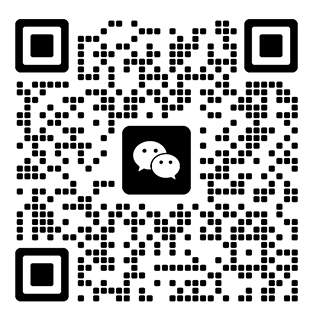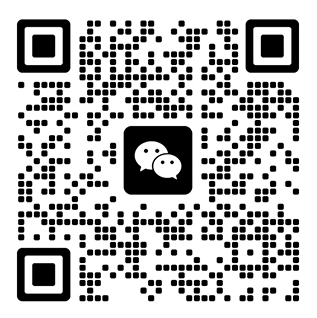What is the difference between a DC power supply and an AC power supply?
476Alternating current is suitable for transmission and distribution of electricity over long distances through the grid system. Direct current is a one-way flow of charge and is more reliable than alternating current, but is not suitable for long-distance transmission. Most electronic devices use DC because their voltage is constant, such as devices powered by batteries. Some devices also use rectifiers to convert AC to DC. Power supplies usually have an internal...
View Full Version Comprehensive test and measurement service provider-Shenzhen Weike Electronic Technology Co.
Comprehensive test and measurement service provider-Shenzhen Weike Electronic Technology Co.


Hello!sign in